Hello all,
We have a round concrete pond we are fairly certain was built in 1940--same time as our house. (There may have been updates since 1940 but we don't know when or what was done.) I've attached photos because my description may be confusing.
The pond's size is approximately 6 ft 8" x 6 ft 8" and 21" deep. There's a stacked rock semi-circular retaining wall behind it that rises 75" from bottom of pond to the top. There's an old spigot at the top of the wall, and one small square and a longer rectangular opening about halfway between the top and a ledge with a scooped out basin.
We think we've located the water source and "pump" for the pond: pipe in the basement that exits the house and lines up with another pipe we found outside underground. This pipe pointis straight toward the pond basin. (The on/off valve on the basement pipe is very old and hard to turn so we haven't tested it for fear of it breaking.) The pipe from the house likely leads to A) a smaller underground pipe we found that runs up the side slope of the semi-circular retaining wall to, we again assume, the spigot atop the wall. OR, B) an elbow pipe that comes out of the basin wall on the front side of pond where it bends to rise vertically, then it stops, open ended, about 2" from the top lip of the pond basin. However, it makes more sense that the elbow pipe is for overflow and not a water source.
We've never seen it in action but we assume the water came out of the house where it was squeezed into the smaller dia. pipe, giving it enough force to run up the side slope of the retaining wall to the spigot. The water then exited the spigot, splashed down into the basin halfway down the wall and then trickled down the rest of the wall into the pond basin below.
Assuming the water came from the house, should we presume that the pressure to pump the water up to the top came from the house and there was no auxiliary pump or mechanized recirculation of the pond water? (Those were the days of "unlimited" resources!)
The good news is the pond is still water tight. The bad news is it fills up with rain water, grows green slime and Mosquitos (we put mosquito dunks in to abate but we still have a bumper crop of skeeters.)
Other info: We live in Minneapolis--it's cold in the winter and hot and humid in the summer.! We've let the pond water freeze over winter as well as have drained it in the fall and the snow melt fills it partially with water the next Spring. The pond is in the shade with a few trees nearby--so some leaves fall into pond in the autumn.
Here are our questions:
1. Is anyone familiar with ponds built around this time so we can get a better idea of how the system was set up without ripping up our yard?
2. We don't want to waste water from our house that would end up emptying into the ponds overflow drain, so how should we go about retrofitting this pond? We'd like to have to water fall from the top of the wall as it did originally, and the pipes and tubes be hidden underground, but we don't know what condition the plumbing underground and behind the wall is in. So, is there a way to test the underground plumbing and retrofit it to use the existing pipes? If not, how do we disguise the pipes/tubes should we have to run them on the outside of the retraining wall?
3. What size pump and filter do we need? What brand? We don't want to spend a fortune but also don't want to get a cheap system that has to be replaced in a few years. We don't think we want fish (unless they eat Mosquitos) but do want plants.
4. How to prevent mosquitos? We have a few resident leopard frogs. We're hoping that having movement in the pond will prevent Mosquitos--but have also heard that one needs more than a few ripples to fully abolish larvae.
5. What is the purpose of the small square and rectangular openings (see photo) in the retaining wall between the top spigot and the splash basin?
6. Anything else we should know? How to run electrical from house to pond, etc.?
Thanks for any and all info!
PS. If I can't link to the photos in this post (the "select file" box isn't working for me), I'll try to post them in the Gallery with the same Subject title.
Gretchen
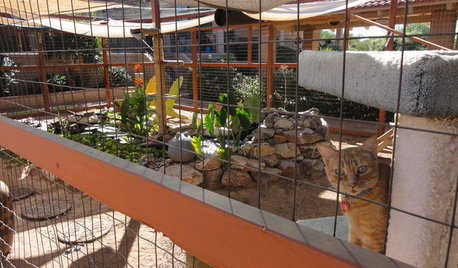
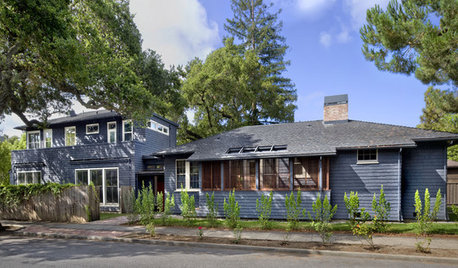
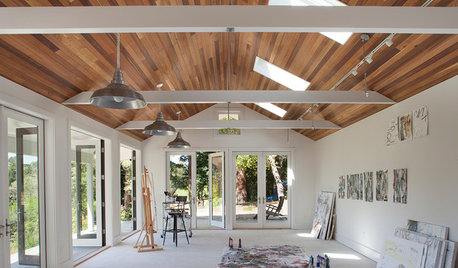
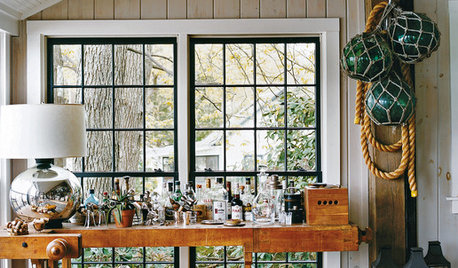
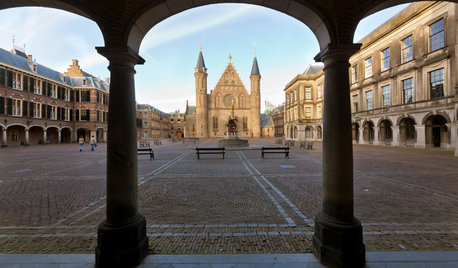
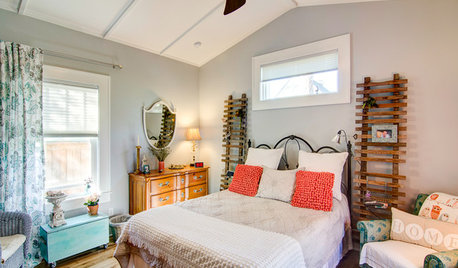
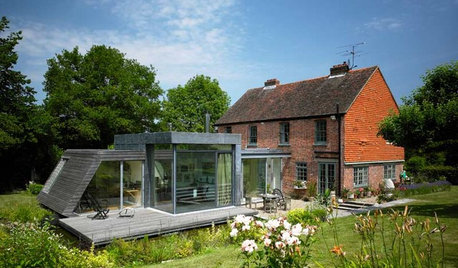

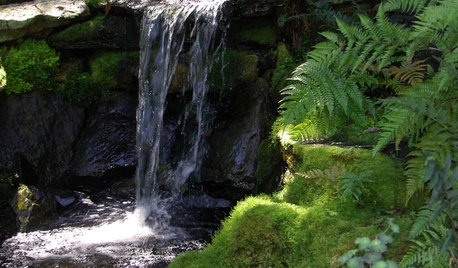
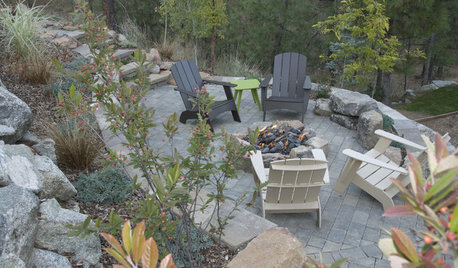







GretchenOriginal Author
gilroybighouse
Related Professionals
Danbury Landscape Architects & Landscape Designers · Mountain Brook Landscape Architects & Landscape Designers · Brentwood Landscape Contractors · Allentown Landscape Contractors · Barrington Landscape Contractors · Brandon Landscape Contractors · Cockeysville Landscape Contractors · El Sobrante Landscape Contractors · National City Landscape Contractors · Overland Park Landscape Contractors · Oxnard Landscape Contractors · Reedley Landscape Contractors · Smyrna Landscape Contractors · Tamarac Landscape Contractors · Tinton Falls Landscape ContractorsGretchenOriginal Author
waterbug_guy